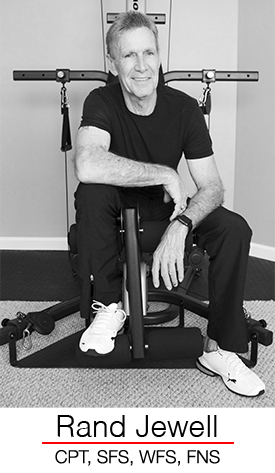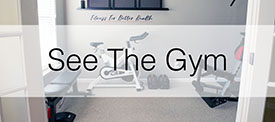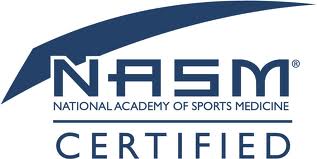When you think about it, without flexibility, balance, and coordination you really can't do much of anything. We all know this, but how do we address this need in our daily lives and fitness efforts to ensure long term results?
We all incorporate some sort of stretching in our daily lives. Sometimes it's to get moving in the morning, after sitting for long periods of time, or preparing ourselves for an athletic or fitness activity. However, we need to incorporate activities within our fitness efforts that encourages ongoing muscle elasticity, giving our muscles and joints a greater range of motion. This elasticity and increased range of motion can help you prevent injuries, back pain, and balance problems.
In discussion with my clients and friends, their initial reaction is that we already do that. We stretch, do squats, and incorporate the stability ball in our work routines. That's a great start. You have to be careful, however, not to be too routine in your efforts. That type of redundancy will start to dilute your results and really doesn't focus or encourage the full range of motion of all joints and muscles. The key phrase being "all joints and muscles".
So, what do we do or what is the alternative? Workout fads that address flexibility, balance, and coordination come and go, but virtually no other exercise programs are as enduring as Yoga and Pilates. They each have a lot of similarities. Choosing one or the other is really a personal preference. Let's take a look:
- Yoga: It's been around for more than 500 years and does more than burn calories and tone muscles. It's a total mind-body workout that combines strengthening and stretching poses with deep breathing and meditation or relaxation. While it may seem mellow compared to most training programs, yoga's health benefits keep pace and often surpass what many people would call traditional forms of exercise.
- Pilates: Uses controlled movements, primarily focused on your core to build body strength, flexibility, and endurance. It's a body conditioning routine that won't result in bulky muscles. Instead, the movements serve to lengthen your muscles as they strengthen them. It emphasizes proper postural alignment, core strength, and muscle balance.
Keep it simple. It's not hard to find the right avenue to enjoy either Yoga or Pilates with really no additional investment or interrupting your current schedule. If you are a gym member, most gyms provide a variety of Yoga and Pilates classes. If you want to do this at home, there are plenty of Yoga and Pilates routines on YouTube, as well as free apps for your phone or tablet. As in any new exercise or fitness endeavor, start slow and progress at your own pace. You will enjoy the results for a lifetime.
Until next time, enjoy your workouts.
Sources: Google for Yoga and Pilates Definitions









0 comments:
Post a Comment